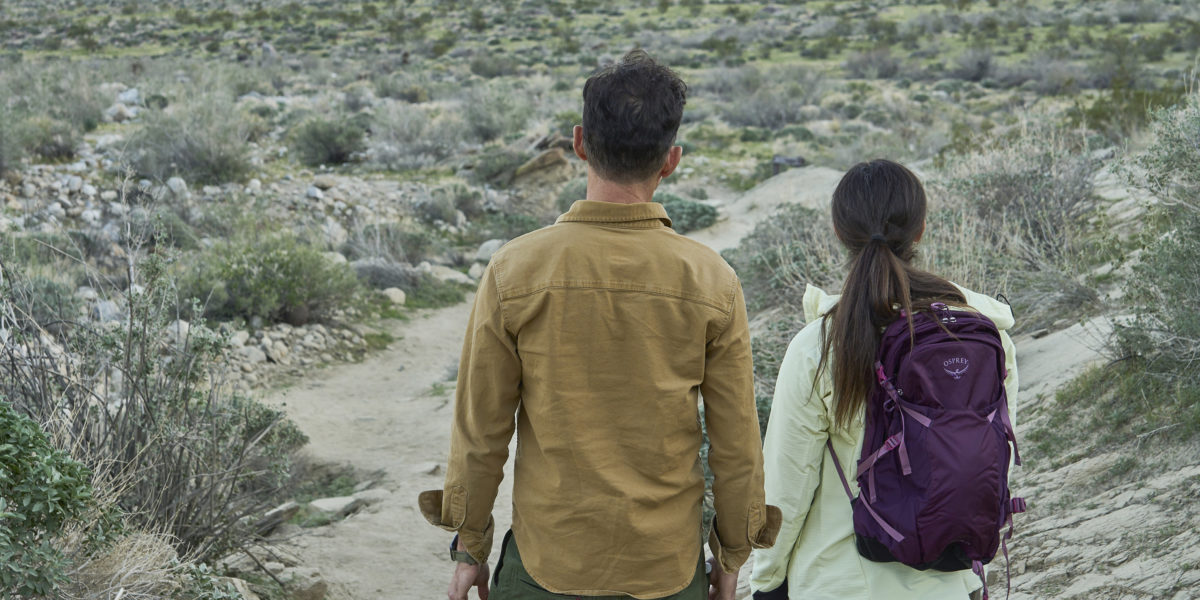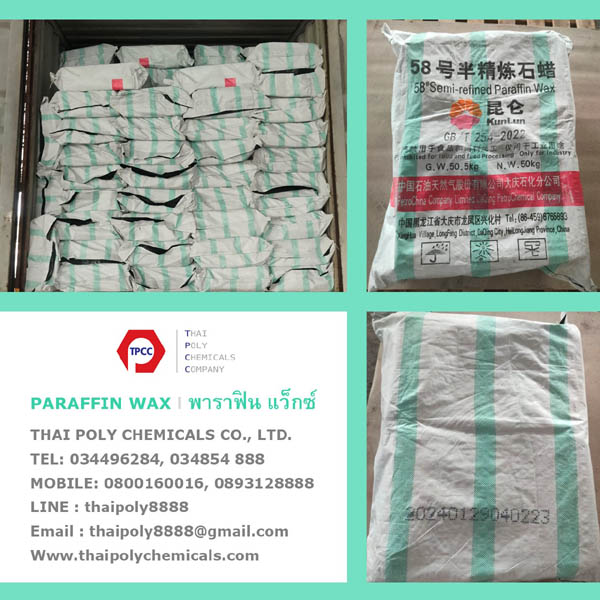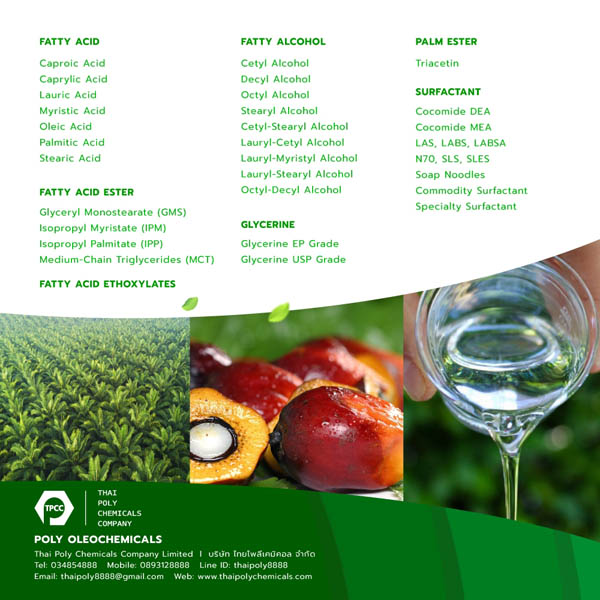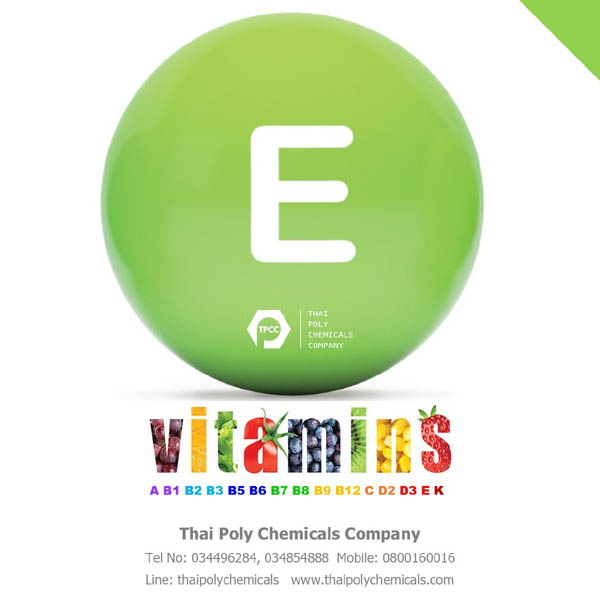What Should I Consider When Buying The Best Skiing Clothes Layers For Females And Males? There are a variety of factors to consider when buying ski clothes for both genders. Here's the most important thing to keep in mind- Layering SystemSkiing is a sport that requires various temperatures and physical exercise. Layering is vital to regulate temperature.
Base Layers- Select moisture wicking base-layers made of synthetic materials or merinowool to keep dry and maintain body temperature. To ensure maximum insulation and moisture control, look for a comfortable fitting clothing.
Mid-Layers: Insulating middle layers, like fleece or synthetic insulated jackets, provide warmth. The level of insulation should be determined by the temperature you expect to reach as well as your personal comfort preferences. The mid-layers must be breathable to avoid overheating when skiing.
Outer Layers. The outer layer, such as your ski jackets and pants should be water-resistant or waterproof in order to ward off rain or snow. To enhance weather protection select breathable fabrics and features like adjustable cuffs and hoods, and sealed seams.
Ventilation - Skiing is physically demanding and can cause the body to gain heat. Look for outer layers with vents that are zippered or mesh-lined pit zips that permit the circulation of air and regulate temperature.
Mobility and fitFor skiing in the winter, you have to be able to move freely. So, choose clothing that is comfortable and practical. Look for joints that are articulated or stretch panels. The ergonomic design is also great options.
Insulated Pants are an excellent choice for warmth during cold weather. Insulated pants provide extra insulation against the frigid winter air and cold snow.
They are also known as Snow Gaiters. These are the cuffs that are either removable from your pants or integrated into them, that go over your ski boots to prevent snow from getting in. They ensure your boots are warm and dry.
Helmet Compatibility.
Pockets and storage- Choose ski pants or jackets with multiple pockets to put small things in such as phones, goggles, and a ski pass. Think about pockets with secure closures to help prevent the loss of small items.
Visibility - Ski clothing in bright colors or that have high visibility will make you more noticeable to other skiers. You might want to consider adding reflective elements or detachable whistles to your ski clothing.
Durability- Skiing is a process of coming into contact with rough surfaces, like ski edges, or branches covered in snow. Choose durable fabric, stitching reinforced, and long-lasting materials to resist the demands of skiing.
Brand and Reviews - Look for ski clothing that is well-known and reputable for its quality, performance and endurance. You can determine the quality and effectiveness of clothing by reading customer reviews.
Fitting for gender and size-specific. Make sure you pay close attention to the sizes charts reviews, as well as other details to ensure you choose the appropriate size to fit your body. Certain brands provide gender-specific fittings that take into account the distinct characteristics between male and female body types and proportions.
Budget – Set a limit on the price of your ski clothing, since higher-quality gear is usually more costly. In the long-term purchasing functional sturdy clothing is more cost effective, because it will perform better and last longer.
Consider these factors when choosing ski clothing layers to ensure you're comfortable and safe when you go out on the slopes. Check out the top rated
is yak wool warmer than sheep wool for blog examples including hiking clothes for women, merino wool thermals, wool in summer, himalayan clothing, hiking baselayer, wool shirt men and merino wool thermal.
 What Do You Need To Be Aware Of About Base Layers In Outdoor Clothing In Relation To Base Layers?
What Do You Need To Be Aware Of About Base Layers In Outdoor Clothing In Relation To Base Layers? What you need to know about base layer clothing to wear outdoors: The most popular base layer materials are nylon, merino, and polyester. Merino has excellent properties to regulate temperature, odor resistance, and moisture wicking. Synthetic fabrics provide excellent drying capabilities, quick-drying properties and long-lasting properties.
Base layers for moisture management ensure you are dry and comfortable by wicking away moisture off your skin. Fabrics that remove moisture from your skin allows sweat to evaporate faster, helping to regulate your body's temperature.
Insulation - Base layers provide an insulation level by creating a thin layer of warm air against your skin. In cold conditions, they help keep you warm. In hot conditions, they can help regulate your core temperature. Choose the base layer appropriate to your lifestyle and the weather.
Fit - The base layer must fit snugly but not too tight. Close fitting base layers provide efficient moisture transfer and optimal insulation. It also permits easy layering with additional garments without discomfort or excess bulk.
Merino base layers possess natural anti-odor characteristics. They can resist the growth of bacteria that cause odor and keep your skin fresh throughout long usage without the need for frequent washing. The synthetic base layer fabrics typically have anti-odor treatments.
Base layers form the core of layering for outdoor clothes. They are usually worn on the skin as the initial layer. The next layer is the insulating and outer shell layers. Base layers regulate the moisture level and serve as a functional and comfortable foundation for the other layers.
Consideration of Activity and Climate- The choice base layer depends on the activity and climate conditions. Look for lightweight bases that are breathable and comfortable that can effectively manage humidity for high-intensity sports. If you live in colder climates then opt for heavier and more insulating base layers to retain the warmth.
Maintenance and Care- Be sure you follow the guidelines of the manufacturer for the best performance and longevity from your base layers. Some base layers, specifically those made from merino wool will require gentle cleaning and drying in order to maintain their properties.
Base layers are essential to any outdoor clothing set-up. They control your body temperature, control moisture and help you stay comfortable while taking part in outdoor pursuits. When you choose the right base layers, you can make the most of your outdoor adventures. Take a look at the best
men's hiking outfit for site recommendations including hiking clothes for women, warmest base layer, lightweight merino wool base layer, arctic norway, base layers for skiing, best merino wool base layers and merino base layers.
 What Are The Benefits Of Flexibility In Layering When It Relates To Outdoor Clothing And Clothing?
What Are The Benefits Of Flexibility In Layering When It Relates To Outdoor Clothing And Clothing? The ability to layer clothes is essential when choosing outdoor clothes. It's the capacity to alter and mix different types of clothing in accordance with the weather conditions, personal comfort and level of activity. What you need to know about layering versatility In the process of layering, you can adapt your clothes to different temperatures and weather conditions. By layering different garments, you can adjust your body temperature and remain comfortably during outdoor activities.
Base Layer: This is the basis for your layering strategy. It must be lightweight, moisture-wicking and close-fitting to control the moisture efficiently and give a comfort next-to-skin feeling. The versatile base-layer can be worn in a variety of weather conditions, either as a first layer for insulation, or as an additional piece for warmer temperatures.
Mid-Layer: Mid-layers function as insulators and retain body warmth. They can be constructed from materials such as synthetic insulation, fleece or down. The versatility of mid-layers is in their capacity to be easily removed or added as required. Mid-layers are able to be layered in various ways depending on the temperature and intensity.
Outer layer/Shell - Also referred to as the outer layer or shell the outer layer serves as a shield to guard against elements such as wind rain, and snow. It must be constructed so that it can accommodate the layers underneath while giving adequate protection from weather. The ability to be flexible of the outer layer lies in its capability to be worn as a separate piece or used as the final layer of protection in conjunction with the other layers.
Adjustability - Search for clothing with features that are adjustable like hoods. Cuffs. Waistbands. Hem drawcords. These features allow for customization of the fit, and offer additional flexibility to adjust to the changing weather conditions or layering combinations.
Breathability is essential for optimal layering. It is important to let the moisture vapors from the inner layer to escape to avoid feeling wet. The breathability of the fabrics and ventilation options within the clothing help to maintain comfort during activities with varying intensities.
Packability - Think about the ability to pack each layer if you plan to change weather or extra layers to pack in the bag. Layers that are light and compress are simpler to transport. This lets you be more flexible with your wardrobe system.
Be aware of weather and activity. Layering flexibility is heavily dependent on the specific activities you'll be participating in, as well as the weather conditions you're likely to face. The thickness and number of layers needed for outdoor activities like skiing, hiking, or climbing will vary. Layers must be chosen and adjusted in accordance with the weather, duration, and temperature of the outdoor activity.
Personal Comfort: Layering flexibility allows you to customize your clothing systems to fit your comfort preferences. Adjusting layers to suit individual preferences is essential for the comfort of your body.
When you layer your clothing can allow you to create a flexible set of clothes that will adjust to changing temperatures and conditions. You can also provide maximum comfort and protection while out on the open road. Finding the right balance will require you to experiment with different combinations of layers. Check out the top
yak wool jacket for more examples including hiking layers, base layers for women, jersey wool, base layer hiking, kora.com, yak wool and lightweight merino wool base layer.
 How Does Yak Wool Fiber Compare With Merino For Outdoor Clothes And Activities?
How Does Yak Wool Fiber Compare With Merino For Outdoor Clothes And Activities? Both of these fibers possess unique characteristics that make them great choices for outdoor apparel and activities. Here's a look at the two: Insulation Both the merino and yak wool are excellent insulation materials, which keep you warm in cold weather conditions. They are both naturally insulating that hold air in their fibers, forming layers of warmth. However, yak is slightly warmer than merino which makes it a good choice for cold climates.
Softness and Comfort: Merino wool has been praised as one of softest and most comfortable types of sheep's wool. It is distinguished by its fine fibers, and doesn't have the itching that other types of wool are famous for. Yak wool, although it is softer than coarser wools is a bit more coarse than merino wool. Depending on the fibers and the process they undergo the degree of comfort can be different.
Merino wool has remarkable moisture-wicking qualities. It is able to absorb moisture and then release it to the air. Yak fibers are also capable of absorption of moisture, however they may not be as efficient as merino.
Breathability. Both yak and merino fibers are breathable, allowing air to circulate. This assists in regulating the body's temperature as well as avoid overheating. They help keep you comfortable during physical activities by allowing moisture and heat to be able to escape.
Merino wool is extremely effective in removing odors thanks to its antimicrobial nature. It blocks the growth bacteria that cause unpleasant smells. As a result, the garment is fresher for a longer period of time without the need to wash often. It is also odor resistant however, it might not be quite as effective as merino.
Both yak and merino are strong and can withstand the demands of outdoor sporting. Merino wool on the other hand, is much more fragile than the yak. Yak wool is generally more robust and less prone to wear or pilling and is a suitable choice for rugged environments.
Merino is a lot lighter and more brittle than yak. Merino is thinner and lighter than yak wool, making it ideal for layering. Yak fibers on the other hand, are thicker and denser, and provide more insulation in colder climates.
Both merino and Yak wool are eco-friendly materials. Yaks, which are native to high altitude zones and requiring minimum human involvement to ensure their wellbeing, produce yak wool. Merino is the name given to the wool of the merino sheep that are bred and raised specifically for their wool. Both of them have high biodegradability, and they are renewable.
In the end, the decision between merino and yak wool for outdoor clothes is contingent on your individual needs, preferences, and the purpose of your use. Merino Wool is available in a wide range of colors and sizes, is extremely comfortable, and also has exceptional moisture-wicking properties. Yak wool is a bit less popular but offers excellent insulation and endurance. It's a good choice for harsh climates or other activities that require more durability. Be aware of the demands of your outdoor adventure when choosing which wool to use. Check out the best
himalaya clothing for site recommendations including merino wool thermals mens, wool vest, wool tank, merino wool base layer mens, yak wool socks, wool shirt mens and shola.



























































































































%20TPCC2.jpg)





























































































































































%20TPCC2.jpg)


































